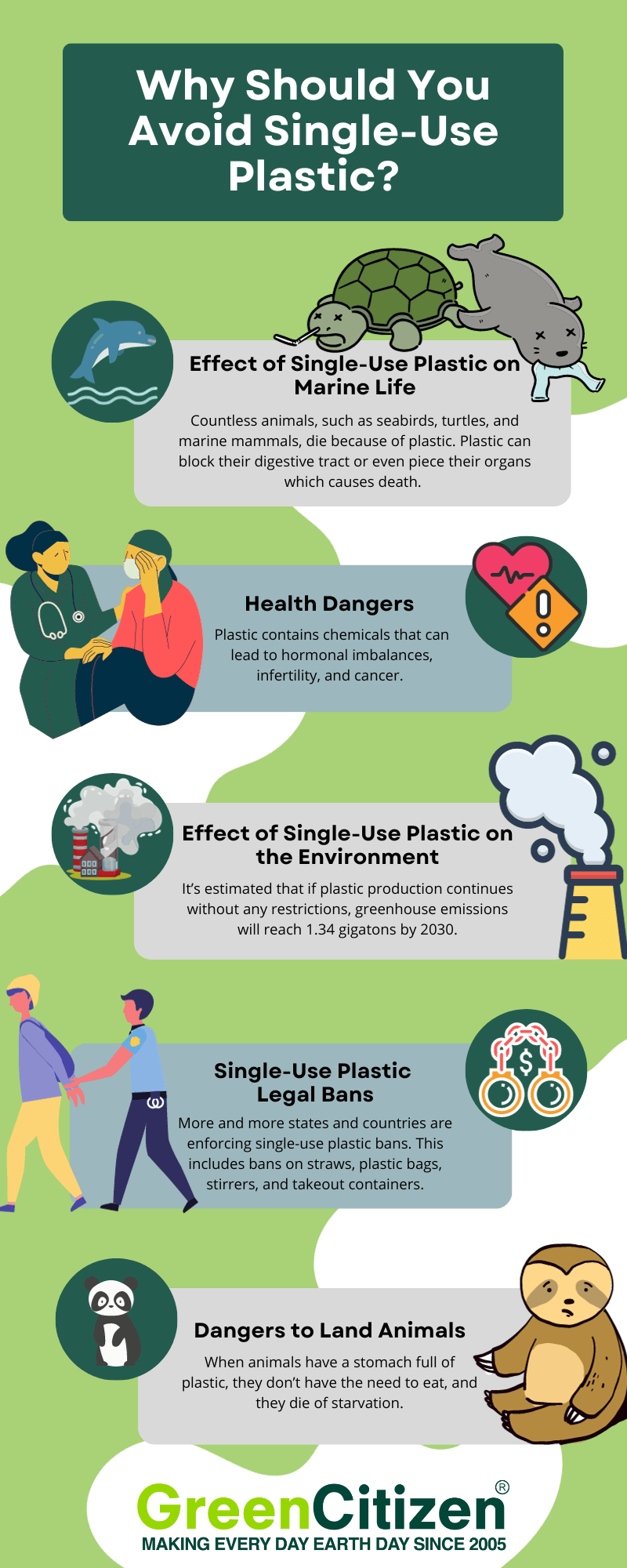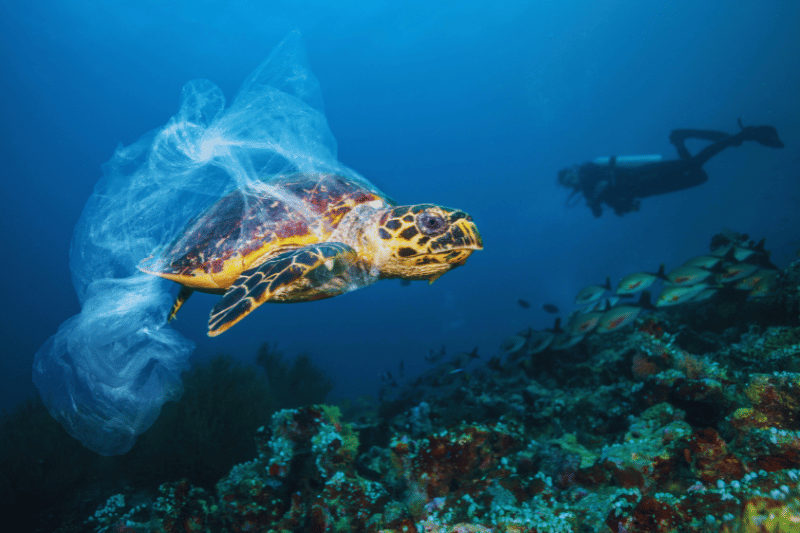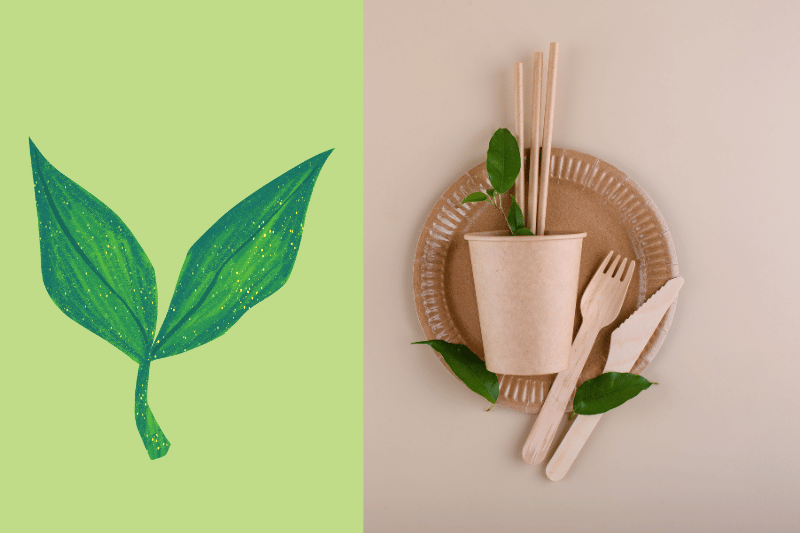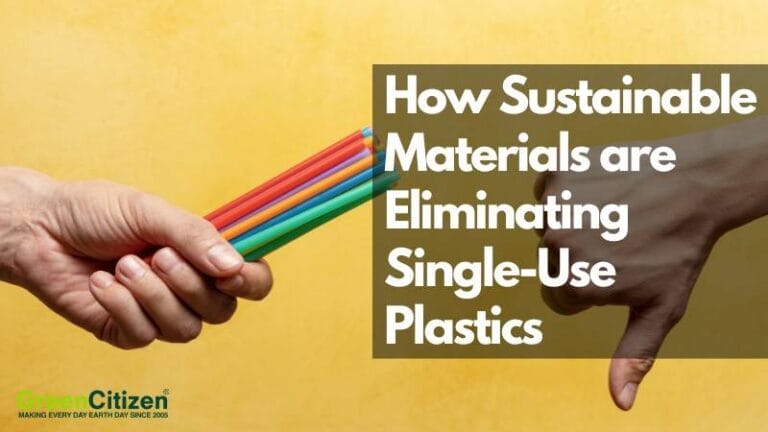Did you know that by 2050, there could be more plastic in the ocean than fish?
By choosing sustainable materials over single-use plastics, you’re joining a global movement to protect our planet. This shift in consumer demand shows our collective responsibility toward Earth.
By embracing reusable and compostable materials, we reduce waste and shrink our environmental footprint. This leads to a greener, healthier future. Reducing single-use plastics is crucial to fighting plastic pollution. For example, swapping plastic straws for stainless steel ones or choosing bamboo cutlery over plastic can make a big difference.
Personally, I’ve ditched plastic bags for cotton totes. Not only do they hold more groceries, but they also spark conversations at the checkout.
“Nice bag!” someone might say, and I get to share my eco-friendly mission.
Incorporating these small changes in our daily lives can collectively make a huge impact. Let’s choose materials that help our planet thrive and inspire others to do the same.
Single-Use Plastics vs. Sustainable Materials: A Comparison

Single-use plastics are everywhere, from the straws in our drinks to the bags at the grocery store. However, these conveniences come at a steep environmental cost.
The production of single-use plastics relies on non-renewable resources like natural gas and oil. Extracting and processing these materials isn’t clean; it significantly contributes to air and water pollution and devastates natural habitats.
One day, I realized just how pervasive single-use plastics are.
I was cleaning out my pantry and found an embarrassing number of plastic bags. It hit me: these bags, if not recycled, would sit in a landfill for centuries, outliving me and potentially my great-great-grandchildren.
The problem is bigger than just bags. Single-use plastics end up in our oceans, where they take hundreds of years to break down, harming wildlife and ecosystems. Marine animals often ingest these plastics, and the microplastics enter the food chain. We don’t fully know the impact yet, but it likely poses serious risks to human health and biodiversity.
Switching to sustainable materials can mitigate these issues.
For example, I swapped out my plastic straws for stainless steel ones and felt an immediate sense of doing something good. Using materials like metal, glass, bamboo, and biodegradable plastics, which come from renewable resources, can significantly reduce our reliance on fossil fuels.
These sustainable alternatives are biodegradable or recyclable, meaning they have a much lower environmental impact when they reach the end of their life cycle.
Companies that choose sustainable products demonstrate environmental responsibility, which is increasingly attractive to consumers. When we use our buying power to support these businesses, we encourage more companies to adopt eco-friendly practices.
Incorporating small changes in our daily lives can lead to a massive positive impact.
How Single-Use Plastics Damage the Environment

Every year, millions of tons of plastic waste end up in our oceans, posing a serious threat to marine wildlife. Fish and other sea creatures often get tangled in or ingest plastic, leading to injury or death.
This issue hits close to home for me. On a beach cleanup, I found a plastic bag wrapped around a turtle. It was a stark reminder of our impact on nature.
Plastic waste breaks down into microplastics, which contaminate the food chain and endanger both wildlife and humans. The production of single-use plastics also significantly contributes to greenhouse gas emissions. The carbon footprint from producing these plastics is substantial, and it’s projected to consume a large portion of the global carbon budget.
To tackle these environmental challenges, we must reduce the production and use of single-use plastics. By choosing sustainable alternatives and supporting eco-friendly initiatives, we can all help reduce pollution, microplastic contamination, and climate change.
Making informed choices and advocating for green initiatives are crucial steps towards a sustainable future. Often, the worst offenders of plastic pollution seem harmless. Take disposable coffee cups, for example. Most can’t be recycled because of their plastic lining.
However, thanks to more sustainable materials, there are now alternatives to conventional takeaway cups, which can be reusable, recyclable, and/or compostable. By opting for these greener choices, we can make a significant impact.
Reducing Single-Use Plastics: A Collective Effort

Reducing single-use plastics requires a global effort and a shift to sustainable materials. Thankfully, this change is already underway.
I remember my family picnic where we decided to go plastic-free. We brought reusable plates, metal straws, and cloth napkins. It was a small change, but knowing we weren’t adding to the plastic waste problem felt good.
Communities are organizing more cleanup events and recycling programs, while companies are raising awareness about the dangers of single-use plastics. They’re also promoting renewable or compostable alternatives. But there’s still more we can do.
As consumers, we must hold companies accountable for their plastic use. Let’s pressure them to reduce their plastic footprint. I always make it a point to choose products from brands prioritizing sustainability.
Government regulations are crucial, too. Policies and incentives can drive significant changes, encouraging businesses to adopt eco-friendly practices. By working together—consumers, companies, and governments—we can make a real difference in reducing single-use plastics and protecting our planet for future generations.
Benefits of Sustainable Materials

Choosing products and packaging made from renewable or compostable materials significantly reduces the environmental impact of single-use plastics. Opting for sustainable alternatives benefits both the environment and future generations.
Renewable materials like cotton, glass, steel, and wood offer many advantages over conventional plastics. They can be just as durable, but are reusable or biodegradable, helping minimize waste and provide long-term value.
For example, try switching to a bamboo toothbrush. Won’t it feel good knowing it wouldn’t end up in a landfill for centuries?
The benefits of choosing eco-friendly products extend beyond personal use. By embracing these materials, we decrease the demand for single-use plastics, reducing pollution in landfills and oceans.
Using renewable resources also reduces reliance on fossil fuels, lowering greenhouse gas emissions and promoting a healthier planet.
How You Can Make a Difference
Switching to sustainable materials, like reusable, renewable, and compostable options, helps the environment by reducing plastic waste in landfills and oceans. This shift is a practical solution to the problems caused by single-use plastics. Choosing sustainable products minimizes plastic pollution and protects our ecosystems.
Using sustainable materials encourages innovation, leading to new technologies that reduce our reliance on single-use plastics and fossil fuels. Consumer awareness and strong policies can drive the adoption of these eco-friendly alternatives.
Together, we can create a world where sustainable choices are the norm, and our planet thrives for generations to come.
